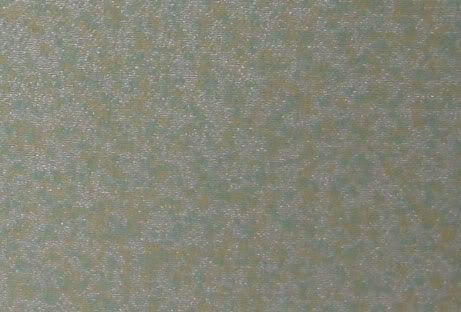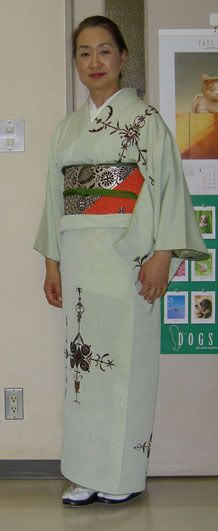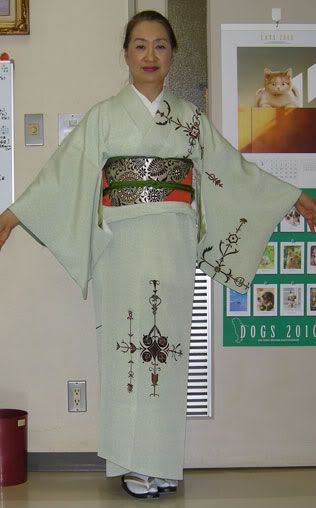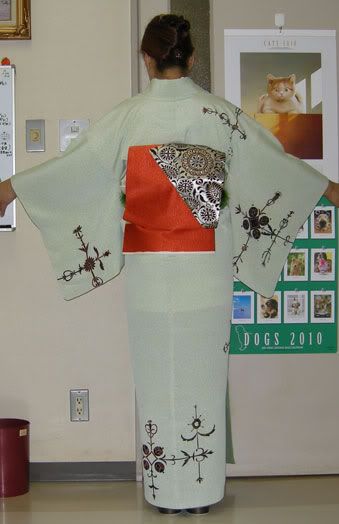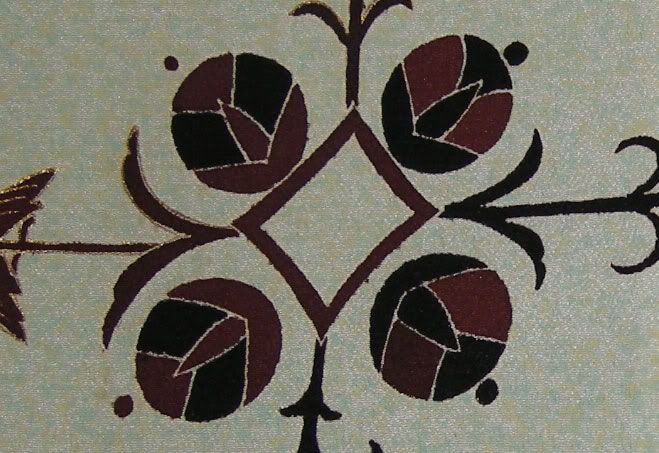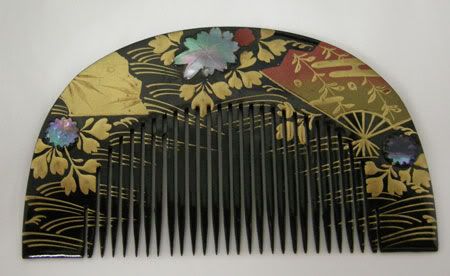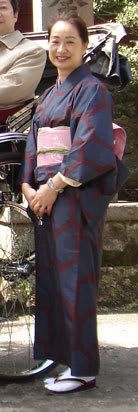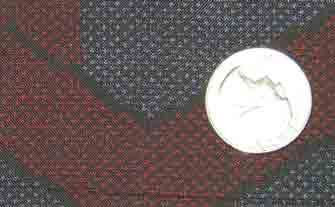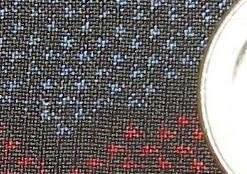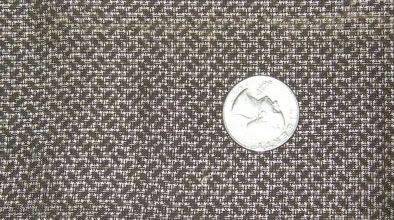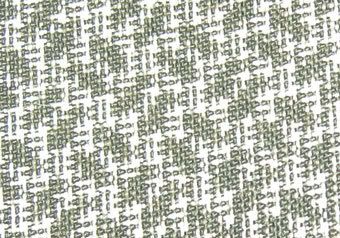Claireg
One of the Regulars
- Messages
- 167
- Location
- Wellington,New Zealand
I have found two kimono's in a box of vintage clothes I got for almost nothing at an auction the other week. One of the items of clothing is from the 1940's, the other from 1910.
I thought nothing of these kimonos as I know nothing about them.
Now Im wondering if they are possbly vintage ones.
I will try and post photos asap of them, they are quite plain and heavy and quite dirty.
What should I do with them?
I guess I should get them cleaned but at a drycleaners? They dont have any delicate designs to the best of my knowledge.
I dont wish to keep them as I would like someone who knows more about them to have the chance to own them so should i sell them on E bay?
I live in NZ by the way.
I thought nothing of these kimonos as I know nothing about them.
Now Im wondering if they are possbly vintage ones.
I will try and post photos asap of them, they are quite plain and heavy and quite dirty.
What should I do with them?
I guess I should get them cleaned but at a drycleaners? They dont have any delicate designs to the best of my knowledge.
I dont wish to keep them as I would like someone who knows more about them to have the chance to own them so should i sell them on E bay?
I live in NZ by the way.

